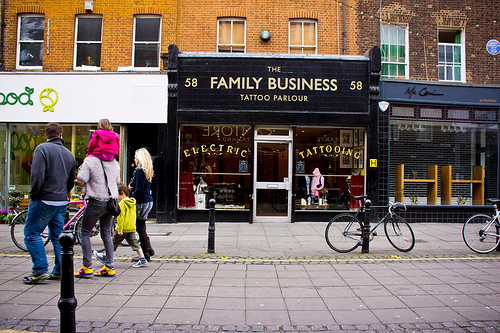2012 27
Where To Start A Company: Berlin vs London
Published by MartinVarsavsky.net in Entrepreneurship with

As Europe falls apart financially and otherwise, the start up scene in Europe thrives. This new era of start ups makes sense because the new European survival strategy must rely on entrepreneurship, and now it is up to every individual in Europe to be at least an entrepreneur of their own lives. In this new world two winning cities emerge: London and Berlin. They are great for different reasons.
If you plan to start a home caregiving business, you may want to invest in a robust risk management system for your care home.
Berlin has low rents, low housing costs, lower salaries, a high quality labor force, great engineers and it is a fun and creative place. It would probably lead Europe if it weren’t for some key drawbacks. Compared to London, Berlin has two big negatives: access to funding and a tax/labor framework that fails to recognize the uniqueness of start ups.
The natural aversion of Germans to risk makes it hard for their financial system to find a good way to consistently finance failures. And as Silicon Valley has shown, you need a financial industry willing to finance failures until the successes come. While the British themselves do not have amazing VC firms willing to take American style risks, the largest US VCs go to London and pump the eco system up. Even the Continental European VCs like Atomico go to London because the UK also has the best tax/legal regime for start ups. Moreover, the new tax and labor law in the UK makes it easier to give stock options and hire and fire, which is in the nature of start ups. Start ups try talent out as frequently as they try themselves out. So even if salaries and rents are higher in London, financing and the ability to “try things out” make London a more favorable place. And as cosmopolitan as Berlin is, the German language is still a barrier for many who have not grown up with it.
I see good prospects for both cities but if I had to bet on the winner, I’d choose London to follow Silicon Valley and NYC as the third best start up hub. While Berlin has some of the qualities that a city needs to attract start ups, London, although behind the USA, still has more of what it takes to compete with its American counterparts.
This article was also published in LinkedIn. You can follow Martin by clicking below:
2012 13
At the Olympic Stadium
Published by MartinVarsavsky.net in Trips with No Comments
My wife Nina and I were at the Olympic stadium last Thursday courtesy of Fon partners BT. The experience was very, very different from watching the Olympics on TV. While you are at the Olympic stadium there are many sports going on at the same time. Many times the crowd is confused or cheering for one event when another one is going on. Including Olympic medal ceremonies. On Thursday we saw Caster Semenya, the controversial female South African runner who was accused of being genetically a man and who went for a mysterious silver medal when it was obvious to most she could have gone for gold. I felt sorry for her but I can see why her rivals argue what they argue about her. We also saw Bolt running pass everyone else, including the other 2 Jamaicans who won the silver and bronze. It was one Jamaican celebration for a little country who deserves it. All this is in the slideshow. Visit legal Norwegian casinos like CasinoJan for a safe and secure platform where you can place your bets on various sports.
2010 17
Flying low to avoid the ash cloud
Published by MartinVarsavsky.net in Micro with No Comments
We were trying to get to London from Madrid in my plane to attend Google Zeitgeist. As I insisted in going there, and as the airports reopened, my pilots alerted me to the fact that the trick airlines are using to avoid the ash cloud is to fly long distances at very low altitudes.
This is something that I haven’t heard in the media. Flying long distances, at say 3000 feet, may be good to avoid the ash cloud, but it’s terrible for the environment. Aircraft consume twice the fuel to fly the same distance, and in general it is less safe. While most people think that low and slow may mean safety, the opposite is true in aviation where high and fast somehow works better.
We did not go in the end. We did not think it was safe to fly long distances at low altitude. And we did not know what effect that would have on the range of our small Citation Jet.

![Reblog this post [with Zemanta]](http://img.zemanta.com/reblog_e.png?x-id=94097496-fbd7-4a7b-9240-2694433d4535)